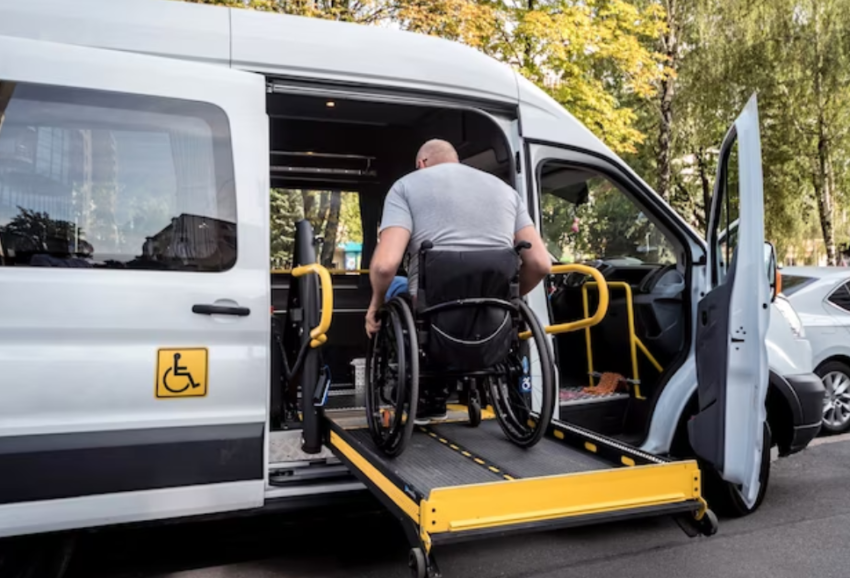Non-emergency medical transportation, or NEMT for short, has really blown up as an industry lately. With an aging population and ever-rising healthcare costs, demand has shot through the roof for affordable transportation to non-urgent medical appointments. So what gives with this rapidly growing industry?
Defining NEMT
First, what exactly is NEMT? Basically, it provides rides to routine doctor visits, dialysis, therapy, and other medical care that isn’t an emergency and doesn’t require an ambulance. NEMT can use wheelchair vans, regular vehicles, taxis, Uber/Lyft, and sometimes even public transit. This helps patients access healthcare they need when they lack reliable transportation.
NEMT meets a huge need by providing access to medical care for patients without good transportation options. Studies show this results in better health outcomes and cost savings down the line.
The Growth of NEMT
Some fascinating stats on the NEMT industry:
- Hit $7 billion in revenue in 2021 and is projected to grow steadily through 2030.
- Over 100 million Americans can use NEMT through Medicaid and Medicare.
- NEMT accounts for a full 10% of Medicaid’s spending on patient transportation.
- Average NEMT ride costs Medicaid only $30, versus $600 for an ambulance – that’s major savings!
Why is NEMT Booming?
What’s behind this rapid growth? A few core reasons:
- Seniors need rides to frequent doctor appointments – 20% of Americans will be 65+ by 2030!
- Managing chronic conditions often requires regular trips for treatments.
- Medicaid expansion has opened NEMT access for more low-income individuals.
- It’s far cheaper than ambulances for non-urgent needs.
- Healthcare payers promote it to cut costs.
- Helps underserved patients get access to care.
- Medicaid and Medicare have historically been the main NEMT payers. But the Affordable Care Act has led more private insurers to cover it too, expanding access.
The Future of NEMT
Looking ahead, the future looks bright for NEMT to grow as part of cost containment and improving healthcare access. It can benefit healthcare systems, transportation providers, brokers, and tech partners alike.
More demand, better reimbursement rates, and new tech should make NEMT an even more integrated piece of the healthcare puzzle. Tapping into this growth industry can create many opportunities to improve care coordination and outcomes.
Table of Contents

